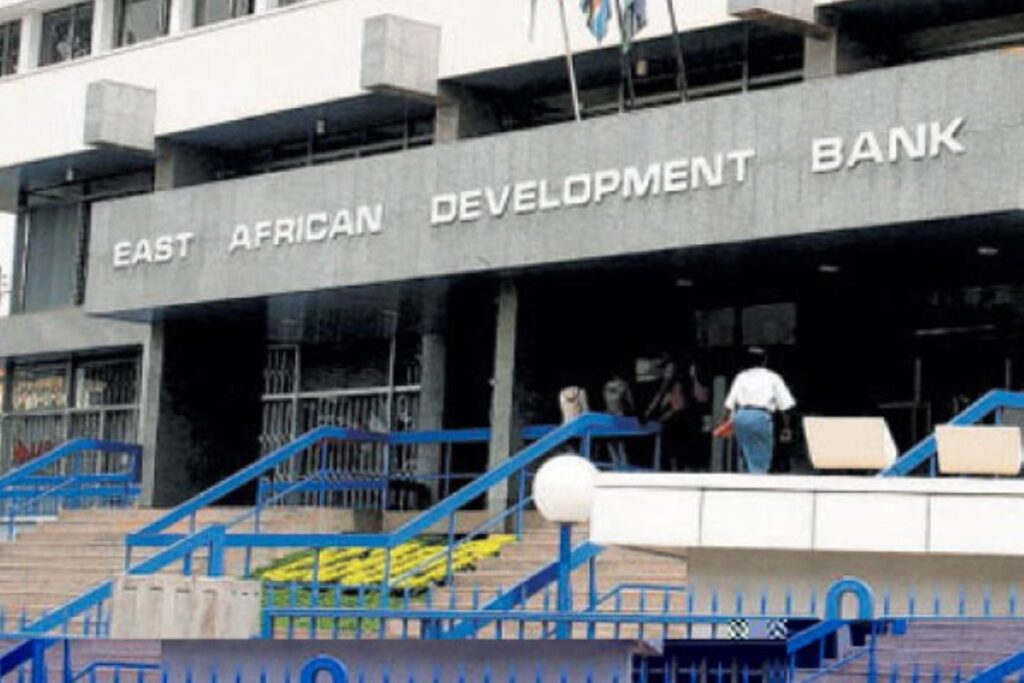Moody’s affirms East African Development Bank’s Baa3 rating, maintains stable outlook

Moody’s Investors Service(Moody’s) has today affirmed the East African Development Bank’s(EADB) Baa3 long-termissuerratingandmaintainedthestableoutlook.
The rating affirmation reflects the EADB’s strong capital position, offset by low development asset credit quality and a legacy of high non-performing assets(NPAs). Liquidity and funding benefits from relatively robust liquidity levels but is marked by a less diverse funding structure than many rating peers. Moody’s assessment of strength of member support balances a large cushion of callable capital with the limited ability of shareholders to provide support given the low ratings of the EADB’s four main shareholders– Kenya (B3 negative), Rwanda (B2 stable), Tanzania (B2 positive), and Uganda (B2 negative).
The stable outlook reflects a balance of upside and downside risks. Notwithstanding the risks associated with a challenging operating environment and the elevated concentration of the EADB’s portfolio, the potential for capital erosion is mitigated by the Bank’s currently very low leverage ratio and cautious approach to new lending.
Moody’s assumes that the bank will continue to develop its risk management framework, which is not as advanced as other rated peers, while maintaining robust capital adequacy, and prudent liquidity levels.
STRONG CAPITAL A KEY MITIGANT FOR LOW ASSET QUALITY
EADB’s leverage ratio stood at 102% in 2022, having fallen from 126% in 2017. The Bank’s ratio is one of the lowest among the multilateral development banks(MDBs) that Moody’s rates and remains significantly below several rating peers, including the Trade and Development Bank’s (TDB, Baa3 stable) and the West African Development Bank (BOAD, Baa1 negative). Limited growth in development assets, the continuing completion of capital subscriptions by shareholders, and a modest but consistent contribution from retained earnings to the capital base have driven the steady decline in the leverage ratio.
EADB’s strong capital position acts as a key mitigant for its low development asset credit quality. EADB has a mandate to build its portfolio within its four member states, which leads to unavoidable geographic concentration of the loan portfolio. Concentration risk is manifest in other ways, with the 10 largest exposures accounting for 84% of the development-related assets portfolio on a gross basis at the end of 2022.
However, the concentration risk is somewhat overestimated by these indicators as some of EADB’s loans are on-lent by financial institutions to their clients.
The NPA ratio stood at 3.8% in 2022, consisting of a single loan. The stock of NPAs has remained more contained in recent years after reaching 8.7% of development-related assets in 2018, notwithstanding the twin shocks to the region caused by the pandemic and the global implications of Russia’s invasion of Ukraine. However, given EADB’s track record of sudden spikes in NPAs and fluctuations in the nonperforming portfolio, Moody’s expects asset performance to remain a constraint on EADB’s credit profile.







